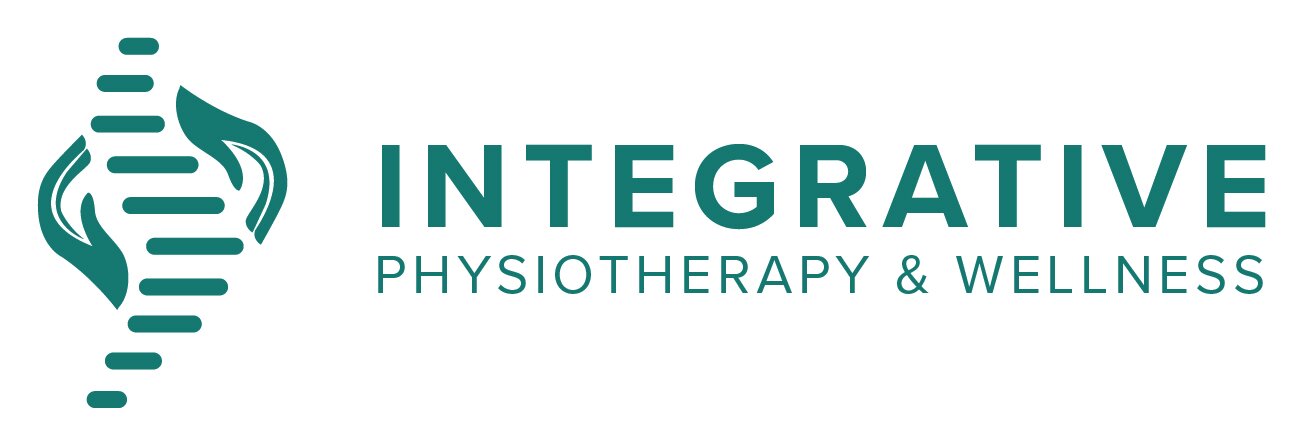
The Musculoskeletal Syndrome of Menopause
The musculoskeletal syndrome of menopause is a complex set of symptoms affecting muscles, joints, bones, and connective tissues that commonly arise due to hormonal shifts—particularly the drop in estrogen—during menopause. These symptoms contribute to discomfort and mobility issues and may impact quality of life. Here’s a breakdown of the key components:
1. Muscle and Joint Pain (Arthralgia)
Explanation: Decreased estrogen levels during menopause are linked to inflammation, which can lead to muscle and joint pain. Estrogen has anti-inflammatory properties, so its decline can make tissues more susceptible to pain and stiffness.
Impact: Pain and stiffness are often experienced in the shoulders, neck, back, and knees, limiting physical activities and daily function.
2. Loss of Lean Muscle Mass(Sarcopenia)
Explanation: Estrogen is essential for maintaining muscle mass and strength, and its reduction can lead to sarcopenia, a condition characterized by the gradual loss of muscle mass and function.
Impact: Reduced muscle mass can lower metabolic rate, contribute to weight gain, reduce physical strength, and increase the risk of falls and related injuries.
3. Decreased Bone Density (Osteoporosis)
Explanation: Estrogen plays a crucial role in bone remodelling. When estrogen levels drop, bone resorption (breakdown) can outpace bone formation, leading to decreased bone density and an increased risk of osteoporosis and fractures.
Impact: Osteoporosis often develops without symptoms until a fracture occurs, commonly in the spine, wrist, or hip, which can have significant consequences for mobility and independence.
4. Tendon and Ligament Injuries
Explanation: Tendons and ligaments rely on estrogen for elasticity and strength. Without sufficient estrogen, these tissues can become weaker and more prone to strains, tears, and other injuries.
Impact: This makes women more susceptible to tendonitis, ligament sprains, and other soft tissue injuries, particularly during physical activity, which may require longer recovery times.
5. Adhesive Capsulitis (Frozen Shoulder)
Explanation: Frozen shoulder is more common in postmenopausal women and may be linked to hormonal changes. The condition leads to stiffness and pain in the shoulder joint, often limiting range of motion.
Impact: Daily tasks like dressing, lifting, and reaching can become challenging and painful, impacting independence and quality of life.
6. Cartilage Fragility and Osteoarthritis Progression
Explanation: Estrogen also helps maintain cartilage health. When estrogen declines, cartilage becomes more susceptible to wear and tear, increasing the risk of osteoarthritis and related joint pain.
Impact: Osteoarthritis often affects weight-bearing joints, such as knees and hips, which can significantly limit mobility, reduce exercise tolerance, and contribute to chronic pain.
Each symptom reflects the interconnected effects of hormonal changes on the musculoskeletal system during menopause, underscoring the importance of targeted strategies for bone, muscle, and joint health.
How Can Physiotherapy Help?
At Integrative Physio, physiotherapy can play a key role in managing the symptoms of musculoskeletal syndrome of menopause by focusing on personalized care and evidence-based strategies. Here’s how:
Improving Joint Mobility and Reducing Arthralgia: Manual therapy, joint mobilizations, and specific exercises can help reduce pain and stiffness in joints affected by estrogen decline, such as in arthralgia.
Strengthening Muscles and Preventing Muscle Mass Loss: Tailored strength training programs can help maintain and build muscle mass, which is crucial during menopause as muscle loss accelerates.
Bone Health and Density Maintenance: Weight-bearing exercises and resistance training are essential for maintaining bone density, and reducing the risk of osteoporosis and fractures.
Managing Osteoarthritis Symptoms: Physiotherapists can guide patients through exercises to improve joint function, reduce pain, and prevent the progression of osteoarthritis.
Improving Posture and Balance: Balance training and posture correction can reduce the risk of falls, which becomes more important as bone density decreases.
Pain Management: Techniques such as acupuncture, dry needling, or soft tissue therapy can help manage chronic pain and discomfort associated with menopause.
Holistic Approach: Integrative Physio combines personalized treatment with lifestyle advice, including nutrition, massage therapy, and Traditional Chinese Medicine Acupuncture and physical activity guidance, to optimize overall health and quality of life during menopause.
By addressing these aspects, physiotherapy at Integrative Physio can help mitigate the impact of the musculoskeletal syndrome of menopause, improving mobility, strength, and daily function.

